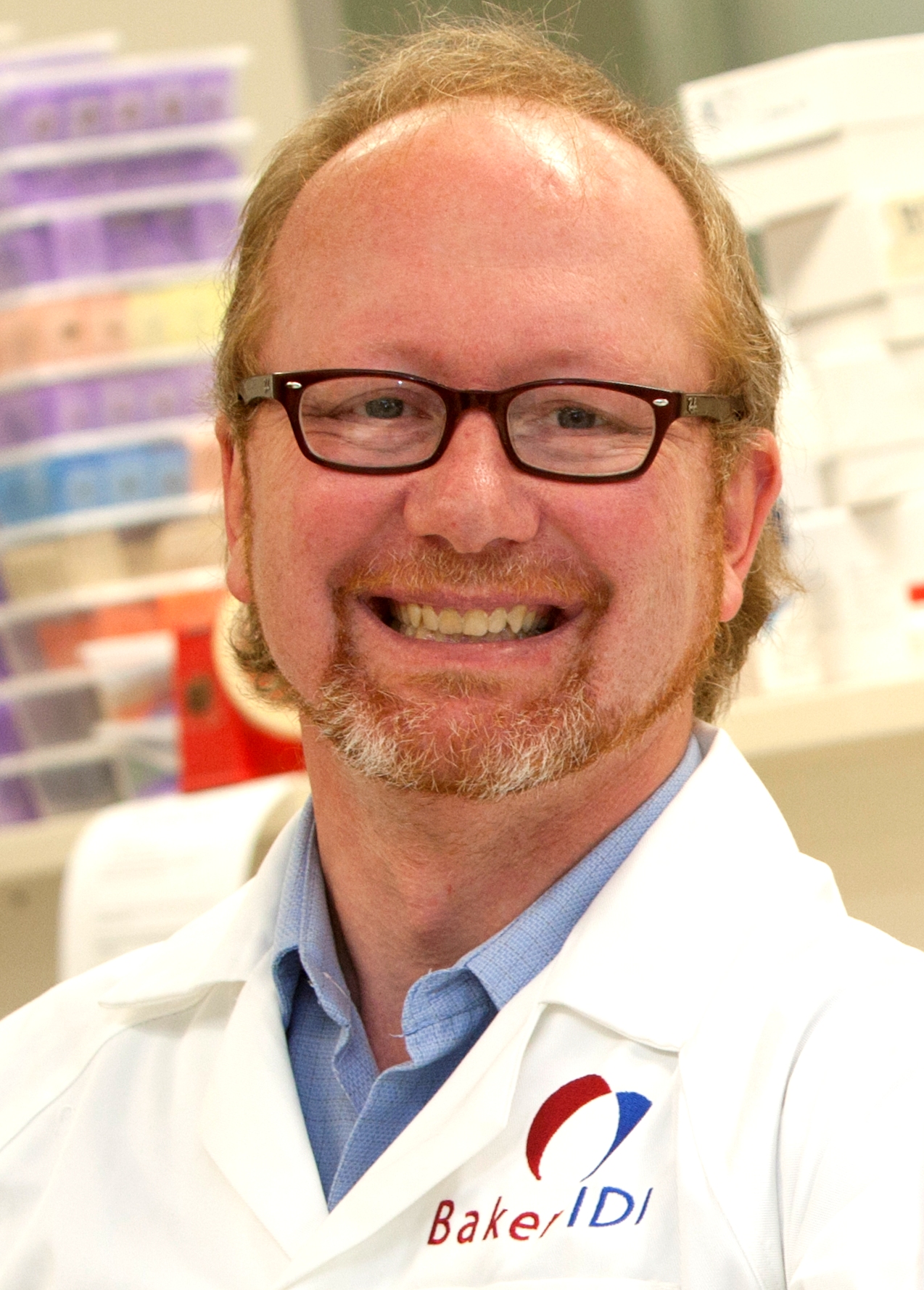What is Presbyopia?
Apart from the typical long or short sightedness that results in aging eyes having to wear glasses, the first time many of us are forced to acknowledge our aging eyes is when we can no longer read the fine print. This is called Presbyopia, or the ‘short arm syndrome’, since reading material must be held further and further away to focus. This helps for a while, but eventually the arms become ‘too short’ and reading correction in the form of reading glasses, bifocals or contact lenses is needed for close work.
Options for treating short arm syndrome
Condition |
Possible Solutions for Presbyopia |
| Reading Glassesfor aging eyes | Glasses used only for near work (must be taken off to see distance). Often wearing reading glasses (and never having a pair when you need them!) is sometimes just as frustrating as not being able to see things up close. |
| Monovision | One eye is corrected for near vision and the other eye is left to see things clearly in the distance. PRO: Very clear distance vision and very clear near vision. CON: Some people feel uncomfortable with the decreased depth perception and occasional fatigue that can occur when doing a specialized task for extended periods. |
| Multifocal contact lens for aging eyes | PRO: Quite natural vision where distance and near vision are reasonably clear in both eyes. CON: Neither distance nor near vision is perfectly clear. Generally not well suited to people requiring very high quality distance vision. |
| Laser vision correctionfor aging eyes | Now a very safe and predictable way to utilize monovision. However, it is wise for prospective users of monovision to find a solution that is both comfortable and suits their needs before they undergo surgery. The main problem in using laser vision correction in this way is that our near vision prescription changes between the ages of 45 – 55. |
Last Reviewed 02/Mar/2014
The following two tabs change content below.


Dr Merlin Thomas
Professor Merlin Thomas is Professor of Medicine at Melbourne’s Monash University, based in the Department of Diabetes. He is both a physician and a scientist. Merlin has a broader interest in all aspects of preventive medicine and ageing. He has published over 270 articles in many of the worlds’ leading medical journals
Latest posts by Dr Merlin Thomas (see all)
- How to increase DHEA levels - 28/09/17
- Testosterone supplement benefits & risks - 11/07/17
- Health effects of tea & coffee - 10/07/17






